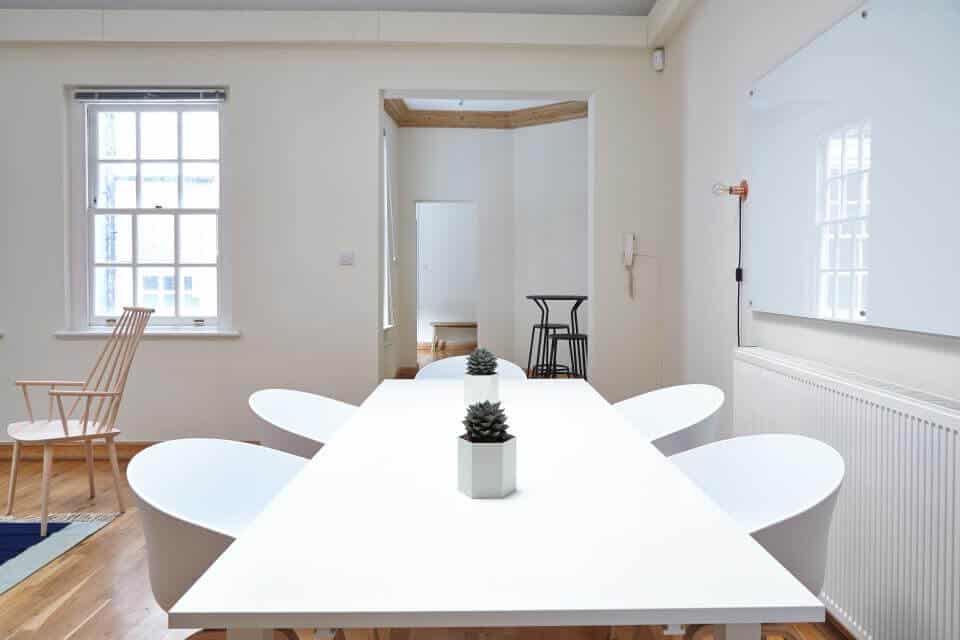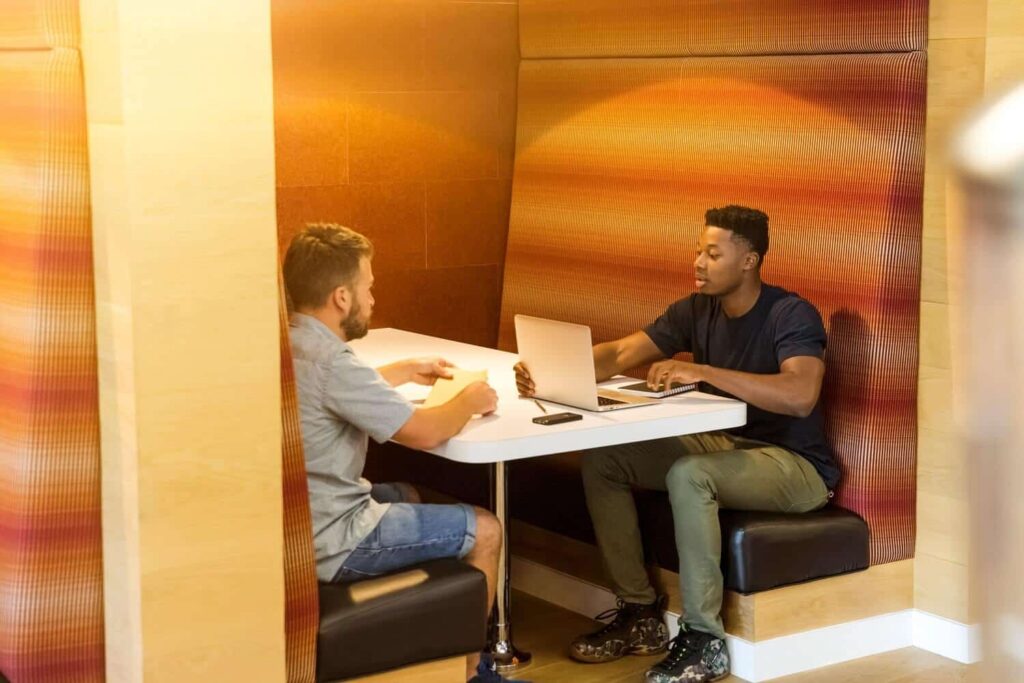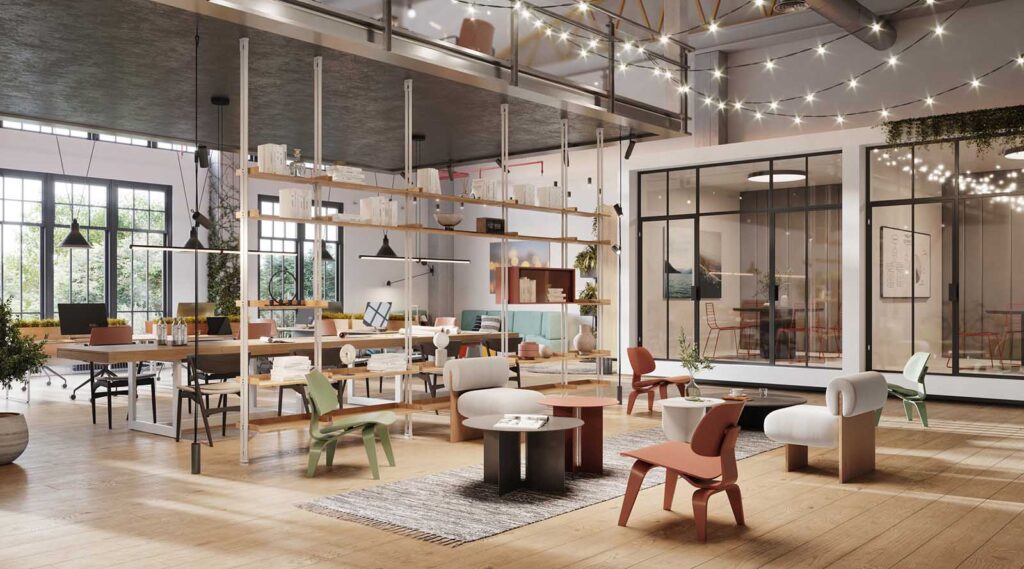For smaller companies, office design can pose an interesting challenge. While the team may not have the money to build slides and put in arcade games, choosing the best way to set up the office can still be a fun puzzle.
A Smaller Office Doesn’t Have to Be Boring
You may find that the limited funds inspires you to get creative when you start shopping for office décor. If you need a place to start, however, check out some of the following tips. They’ll show you that you effectively design a small office and boost productivity, teamwork, and happiness at the same time.
Add Character With Used Furniture
If you’re working on a tighter budget, you can add some character to your office without thinning out your wallet by buying furniture secondhand. In its earliest days, thredUp, a San Francisco start-up that originally began with nine people, decorated its offices by using furniture purchased from the previous tenants, or buying pieces from craigslist. Especially if your company works in a creative field, mixing things up by skipping the usual office furniture set can add a lot of flavor to the workplace.
Think Beyond the Watercooler
One way to balance the drawbacks of a smaller office is to spend money on a cool amenity or two. thredUp has both an espresso machine and a kegerator. CEO James Reinhart made the decision to do this knowing that finances could come down to one of two things: spending the money on these items, or adding a little more money to his team’s paychecks, which would probably go to an espresso bought at a coffee shop, anyway. He chose the first option, and it made a great addition to a small office space.
Reflect Company Organization Through Design
If you want your company to be open and collaborative, have workers from different levels of the company sit together. This will emphasize that you want the workplace to be interactive. On the other hand, you may prefer a more traditional organization. In this case, you’ll want the CEO to have a space that’s separated from other workers. This will give him the privacy to mull over decisions and share information with the team when he or she is ready to do so.
Experiment with Desk Layouts
If you favor the open office format, the Team Hacks blog has several suggestions for setting up desks in a small office. In the paired island format, pairs of desks form islands throughout the room. This layout promotes collaboration, and workers can rotate desks periodically to encourage teambuilding. A modified version of this is blocked seating, where desks are placed in groups of four. You could also try the assembly line, where you set desks up so that they’re divided into two rows, with the two rows of workers facing each other. Finally, you can also try the bullpen, where seats are arranged in a circle or rectangle so that everyone can easily collaborate.
Rethink the Conference Room

Another great tip from the Team Hacks blog is to invest in equipment where people can gather for meetings and other exchanges. If your space lacks a conference room, you still have several other options. For example, a roundtable placed near workers’ desks can work just as well. A whiteboard can also serve as a great place to sketch out and build ideas. For presentations, a monitor will be a great tool for explaining concepts in a way that’s clear and easy for everyone to see.
Just because you don’t have a ten-story building doesn’t mean you can’t have an office with as much character as a larger corporation. Experiment with desk layouts, shop around for quality office amenities, and think of ways you can bring together parts of the office that are normally separate from each other (i.e. work space and conference room). If something doesn’t work, simply go back to the drawing board and try something different. When you put the right amount of effort into designing your office, you’ll see that size is not a handicap.




